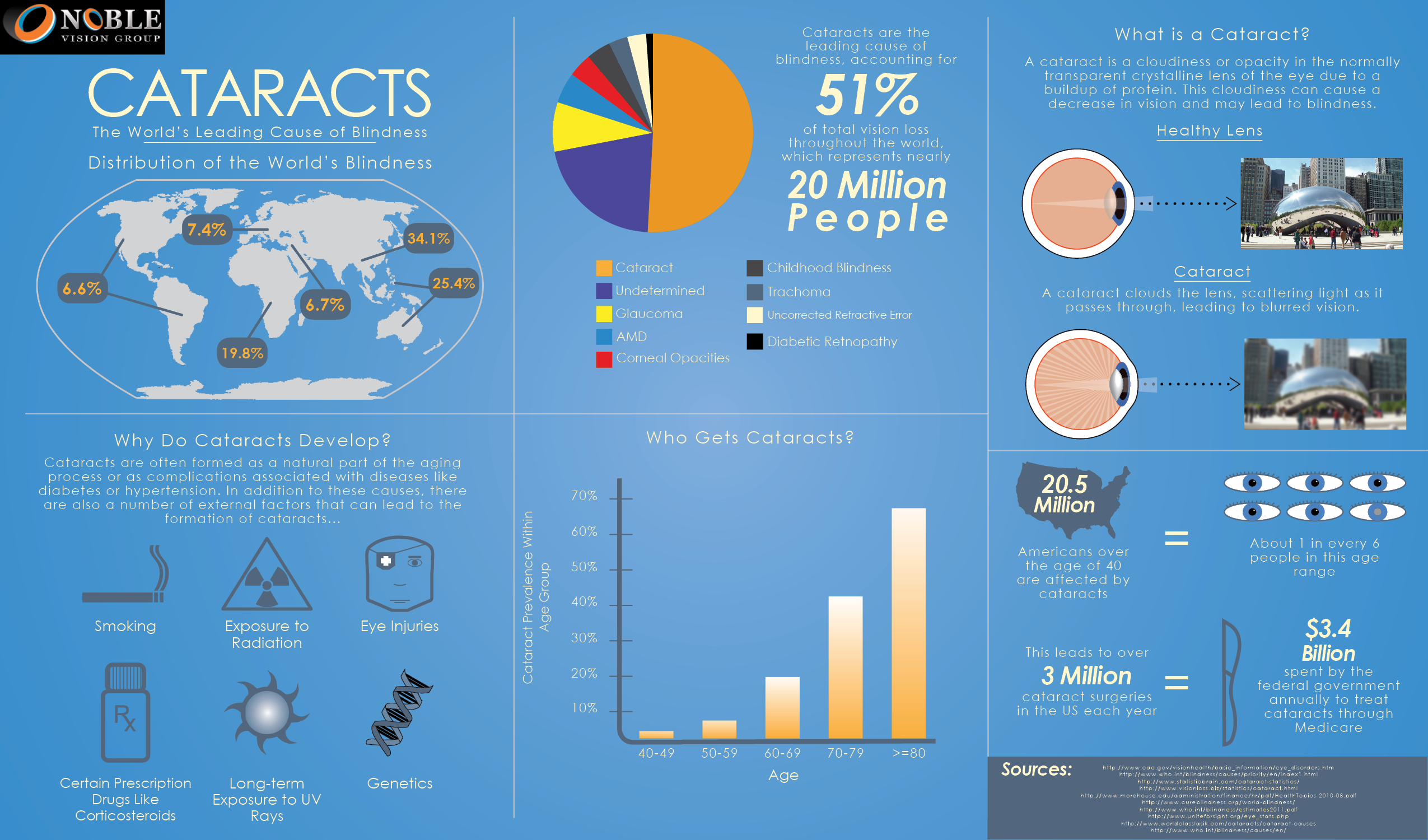Contrasting Standard And Modern Approaches To Treating Glaucoma
Contrasting Standard And Modern Approaches To Treating Glaucoma
Blog Article
Material Author-Locklear Petersson
Did you recognize that the advancement of glaucoma treatment approaches extends centuries, encompassing both traditional solutions and sophisticated technologies? From old organic concoctions to advanced Minimally Intrusive Glaucoma Surgical treatment methods, the spectrum of alternatives is large. As you delve into the complexities of conventional versus cutting-edge techniques, you may reveal surprising understandings that test conventional viewpoints on treating this common eye problem.
Historic Evolution of Glaucoma Treatments
The historic development of glaucoma therapies goes back to ancient people where numerous solutions were used to take care of the condition. In ancient Egypt, as an example, treatments involved a combination of honey, fat, and sour milk related to the eyes. The Greeks and Romans also contributed to early glaucoma treatments with a focus on topical applications and dietary interventions. Throughout background, diverse cultures established special strategies to alleviate the signs of glaucoma, usually rooted in herbal solutions and superstitious notions.
As time proceeded, innovations in medical understanding resulted in more systematic strategies to treating glaucoma. In The Center Ages, Arabic scholars made substantial payments by examining the composition of the eye and establishing surgical techniques to attend to eye problems. complications in cataract surgery laid the foundation for modern glaucoma treatments that we've today. Recognizing the historic context of glaucoma treatments provides beneficial understandings into the continuous development and refinement of medical methods over the centuries.
Contrast of Traditional Approaches
In comparing typical methods for dealing with glaucoma, think about the historical contexts and performance of numerous remedies.
Conventional treatments for glaucoma have developed over centuries, from ancient techniques like utilizing honey and red wine to a lot more current advancements such as eye declines and surgical procedures. Historically, solutions like the application of leeches or organic concoctions were made use of to alleviate symptoms, however their efficiency was limited.
As time advanced, strategies like iridectomy, where a part of the iris is eliminated, came to be prominent for reducing intraocular stress. Some traditional approaches, like making use of dental medicines to decrease eye pressure, have stood the test of time and are still made use of today. Nevertheless, these therapies usually feature negative effects and might not be as efficient as modern-day options.
It's vital to weigh the historic importance of typical glaucoma treatments against their efficiency in the context of current medical developments.
Analysis of Cutting-edge Therapy Methods
Considering the progressing landscape of glaucoma treatment, innovative techniques are changing the method this eye condition is taken care of.
One significant advancement is minimally invasive glaucoma surgical treatment (MIGS), which supplies a much less invasive alternative to standard surgeries. MIGS intends to decrease intraocular pressure by boosting the eye's natural drain system, resulting in fewer difficulties and faster recovery times compared to standard surgeries.
Furthermore, the advancement of sustained-release drug delivery systems has offered a more efficient means to carry out glaucoma drug. These systems can release medicine progressively over an extensive period, improving individual adherence and reducing the frequency of eye drops.
Additionally, emerging technologies like discerning laser trabeculoplasty (SLT) use a non-invasive option for lowering intraocular pressure by targeting certain cells in the eye's drainage system.
go to this website
As you assess the development of glaucoma treatments, you can see exactly how standard approaches have led the way for ingenious strategies to arise.
From old solutions to modern-day improvements, the trip of treating this complicated eye condition has actually resembled a rollercoaster trip.
Yet with is cataract surgery covered by medicare part b like MIGS and sustained-release medication delivery, the future looks brighter than ever for patients looking for efficient and less invasive solutions.
